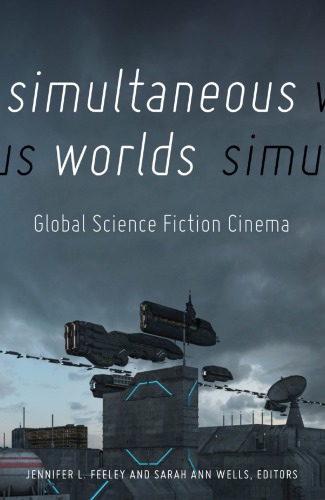

Most ebook files are in PDF format, so you can easily read them using various software such as Foxit Reader or directly on the Google Chrome browser.
Some ebook files are released by publishers in other formats such as .awz, .mobi, .epub, .fb2, etc. You may need to install specific software to read these formats on mobile/PC, such as Calibre.
Please read the tutorial at this link: https://ebookbell.com/faq
We offer FREE conversion to the popular formats you request; however, this may take some time. Therefore, right after payment, please email us, and we will try to provide the service as quickly as possible.
For some exceptional file formats or broken links (if any), please refrain from opening any disputes. Instead, email us first, and we will try to assist within a maximum of 6 hours.
EbookBell Team

4.3
78 reviewsSince the 1927 release of Fritz Lang’s pioneer film Metropolis, science fiction cinema has largely been regarded a Western genre. In Simultaneous Worlds, Jennifer L. Feeley and Sarah Ann Wells showcase authors who challenge this notion by focusing on cinemas and cultures, from Cuba to North Korea, not traditionally associated with science fiction.
This collection introduces films about a metal-eating monster who helps peasants overthrow an exploitative court, an inflatable sex doll who comes to life, a desert planet where matchsticks are more valuable than money, and more.
Simultaneous Worlds is the first volume to bring a transnational, interdisciplinary lens to science fiction cinema. Encountering some of the best emerging and established voices in the field, readers will become immersed in discussions of well-known works such as the Ghost in the Shell franchise and Neill Blomkamp’s District 9 alongside lesser-known but equally fascinating works by African, Asian, European, and South American filmmakers.
Divided into five parts that cover theoretical concerns such as new media economies, translation, the Global South, cyborgs, and socialist and postsocialist cinema, these essays trace cinema’s role in imagining global communities and power struggles.
Considering both individual films and the broader networks of production, distribution, and exhibition, Simultaneous Worlds illustrates how film industries across the globe take part in visualizing the perils of globalization and technological modernity.
Ultimately, this book opens new ways of thinking about world cinema and our understanding of the world at large.